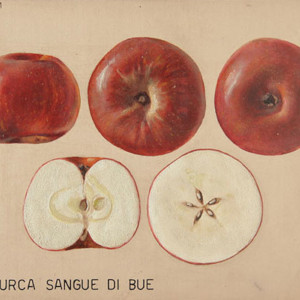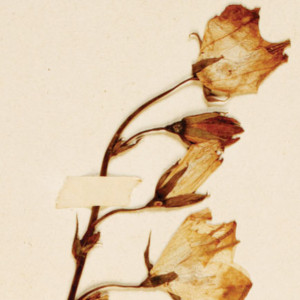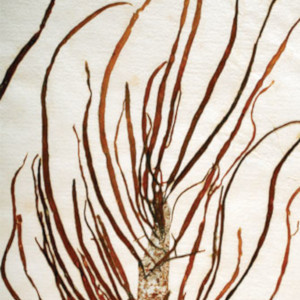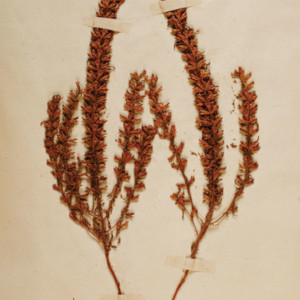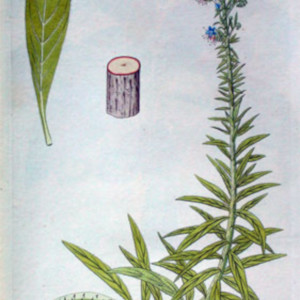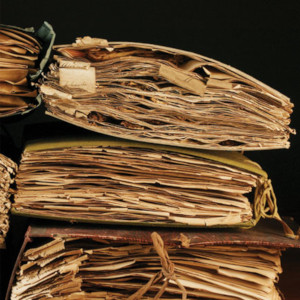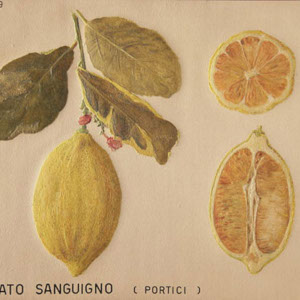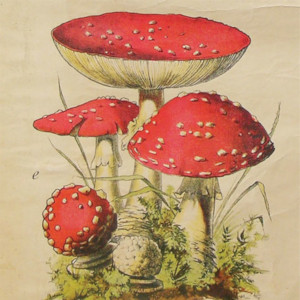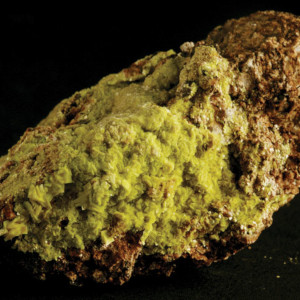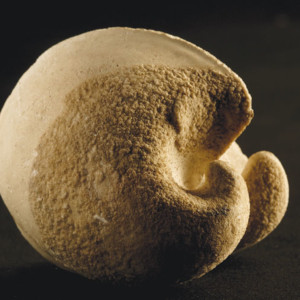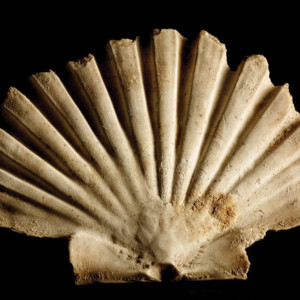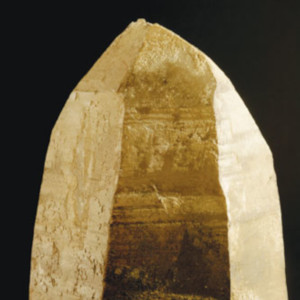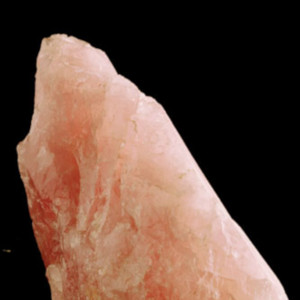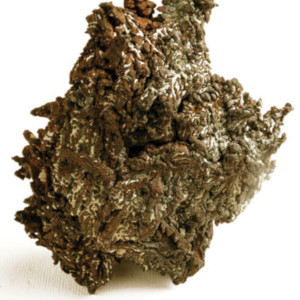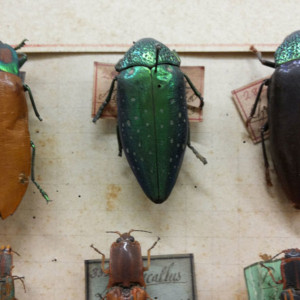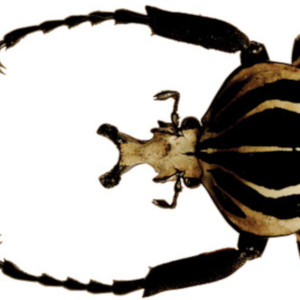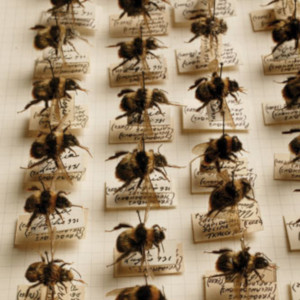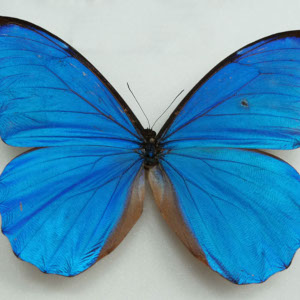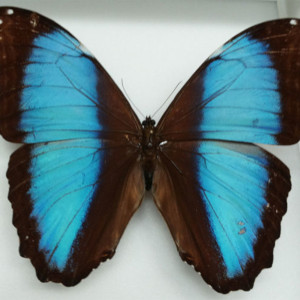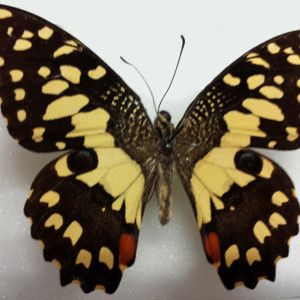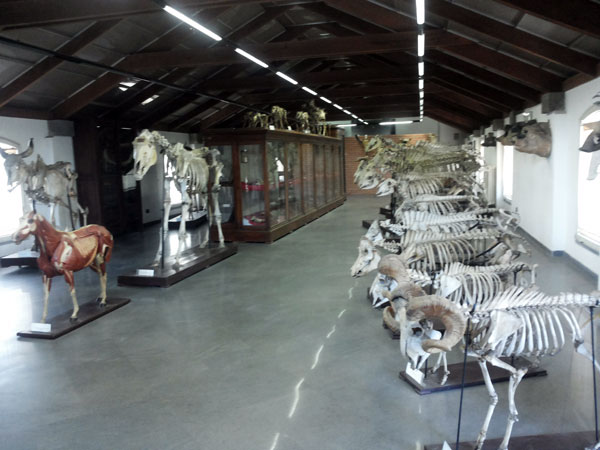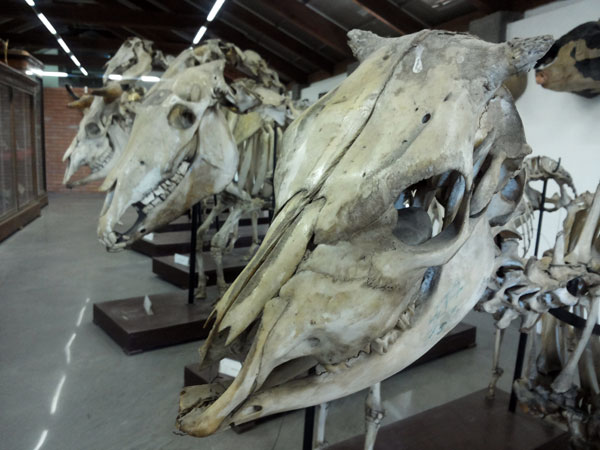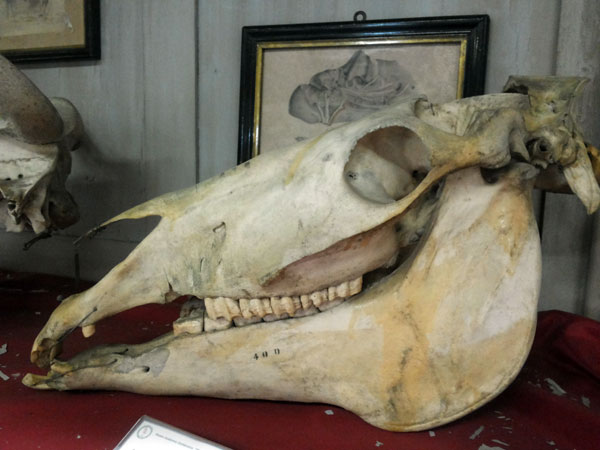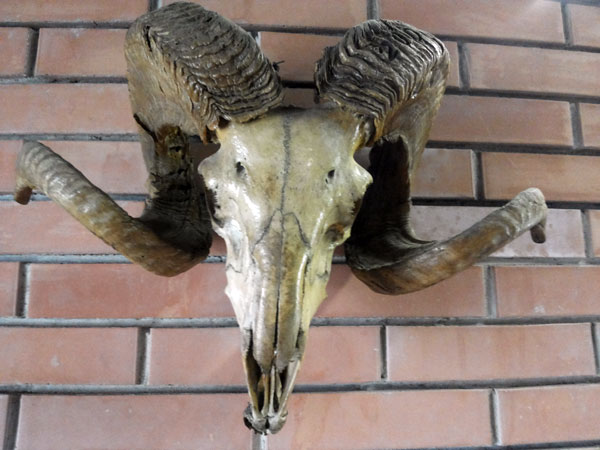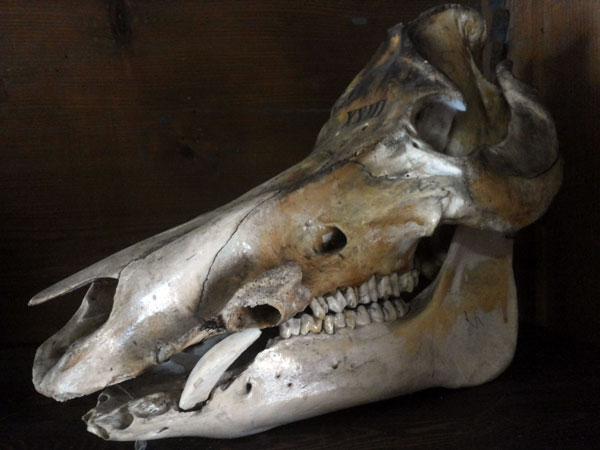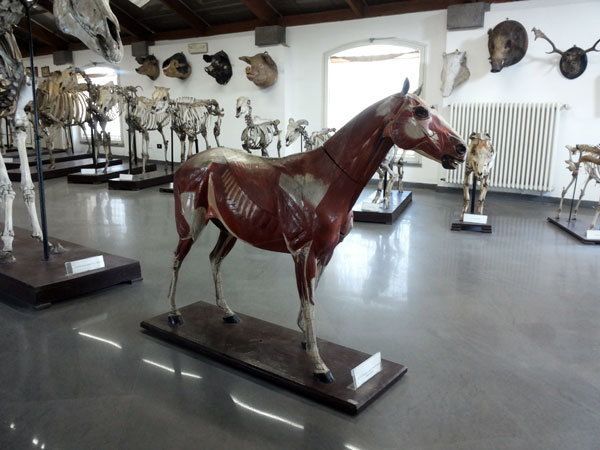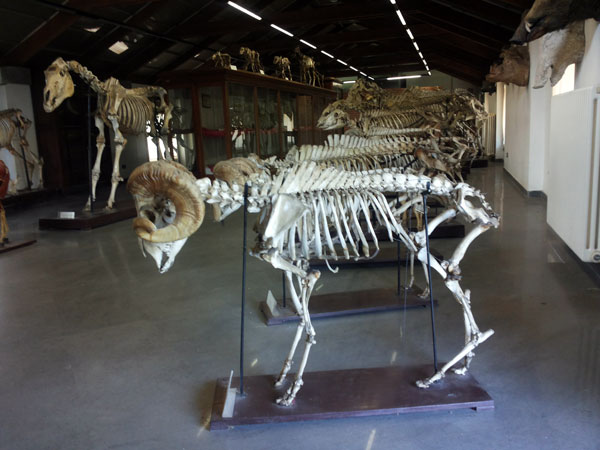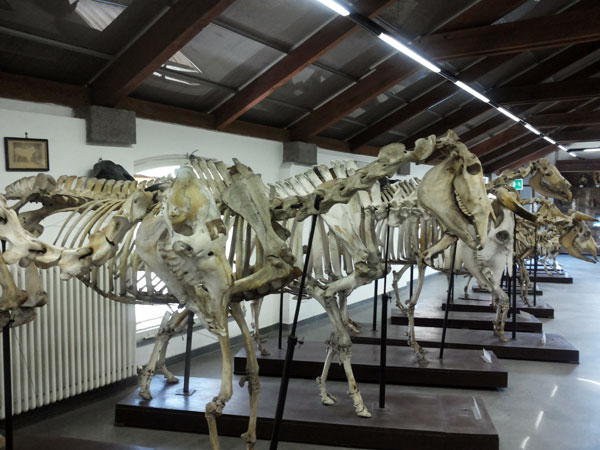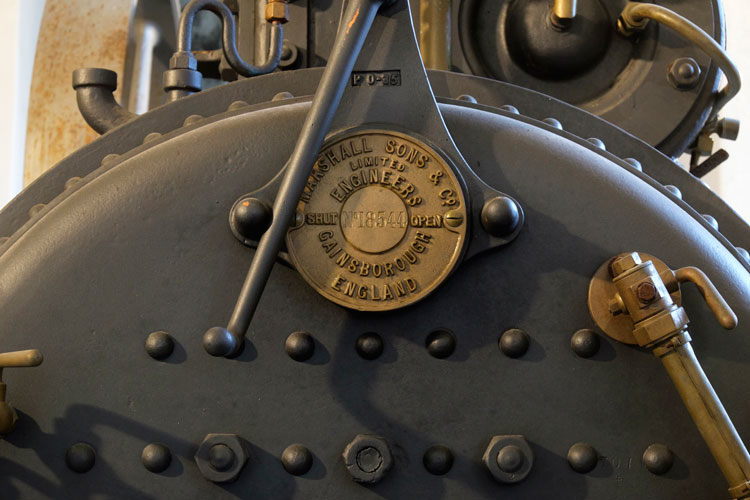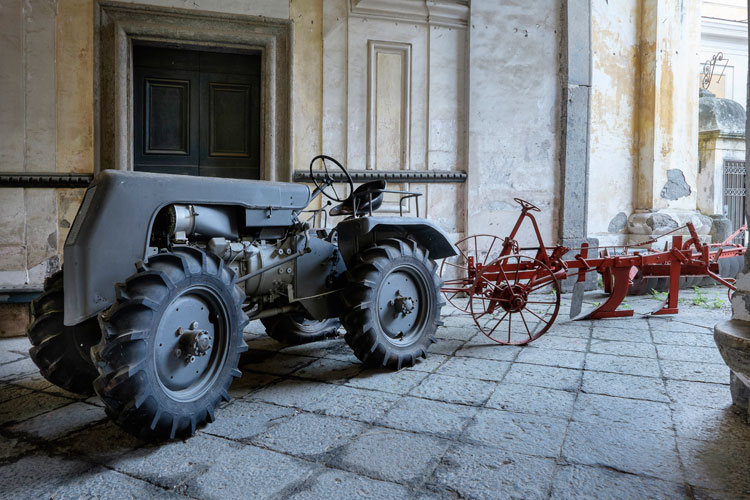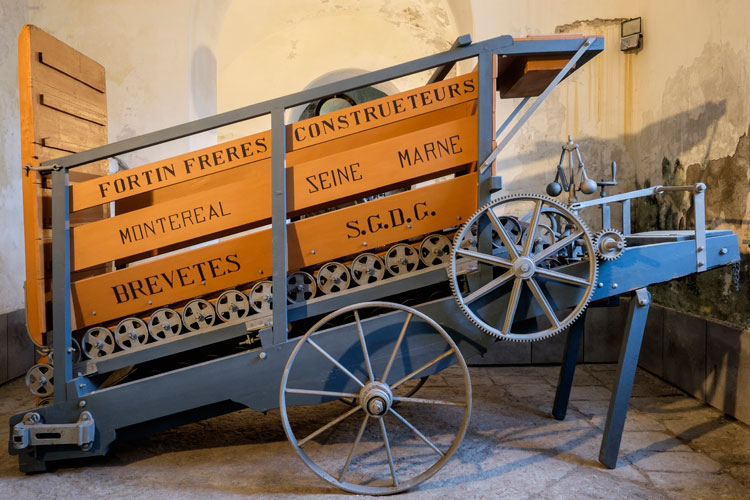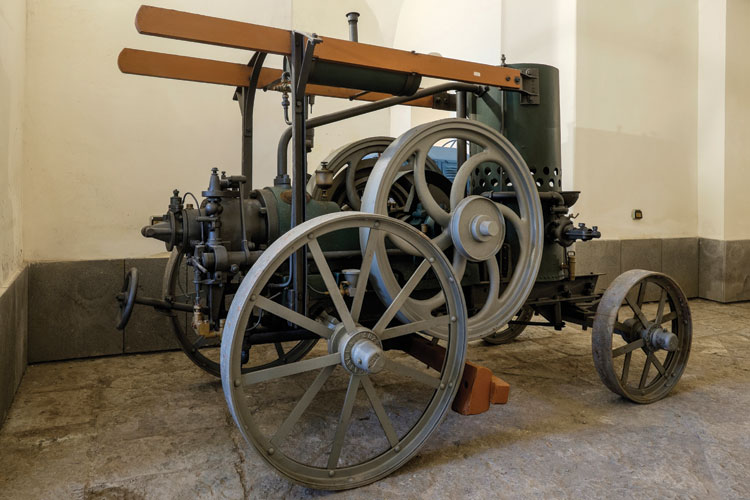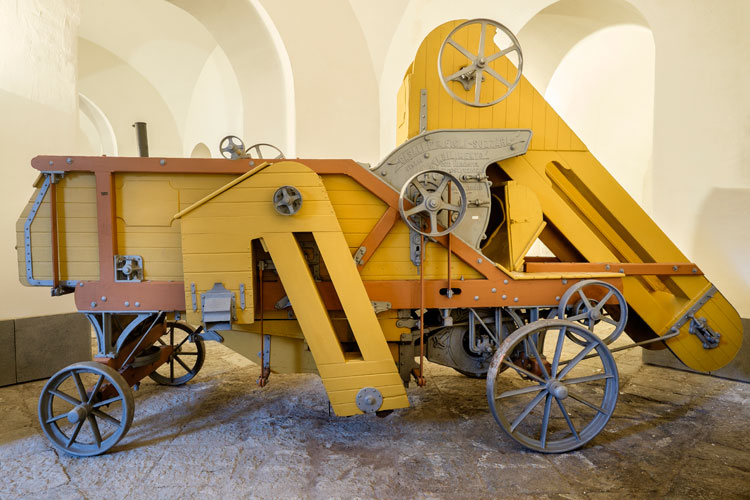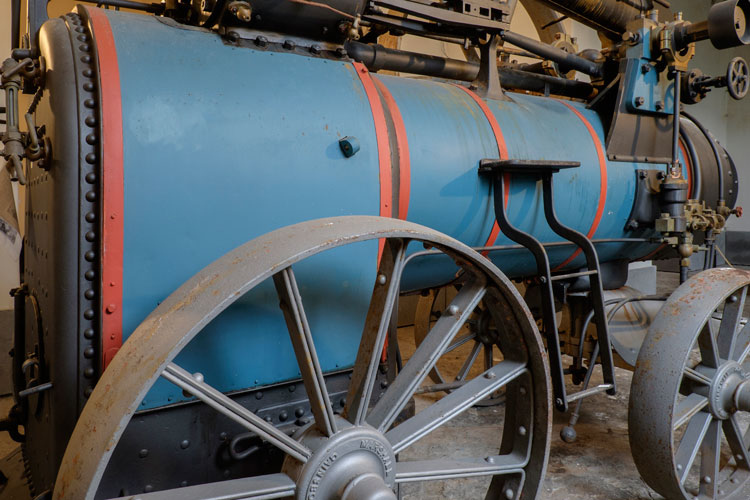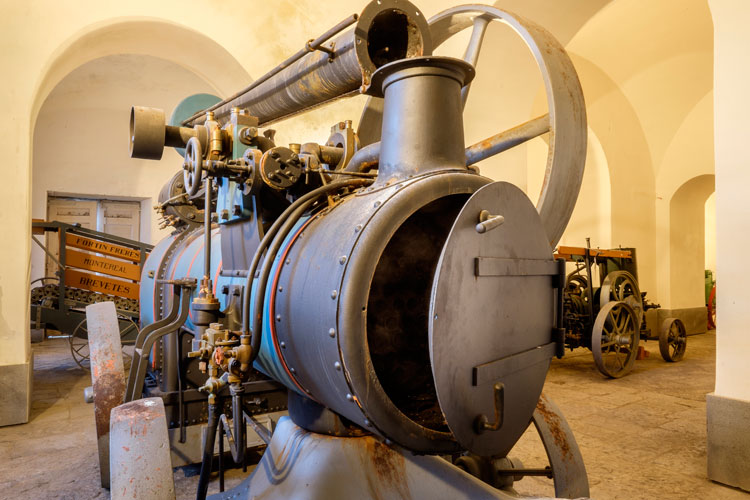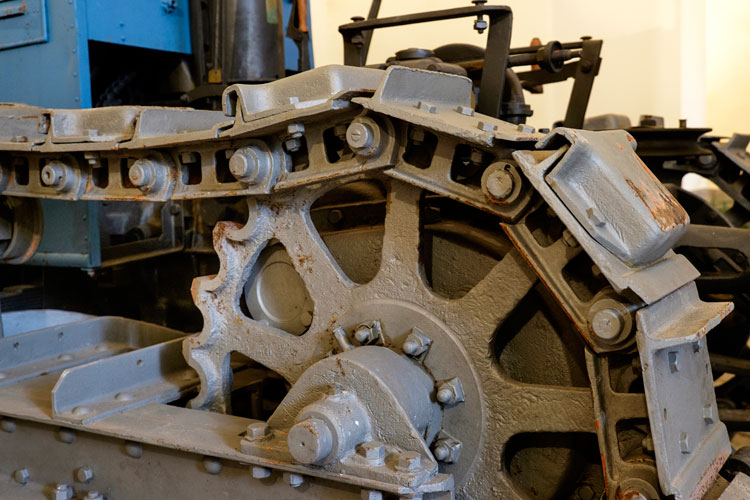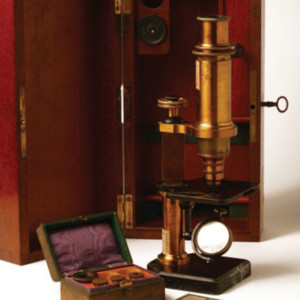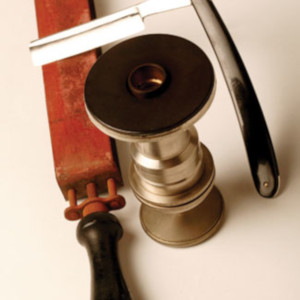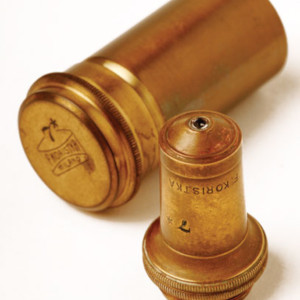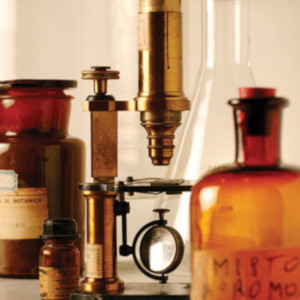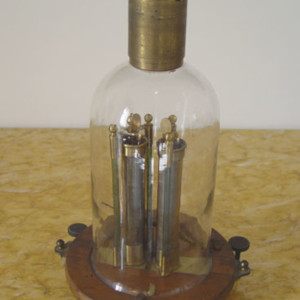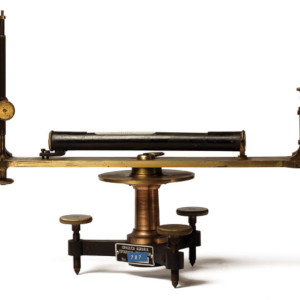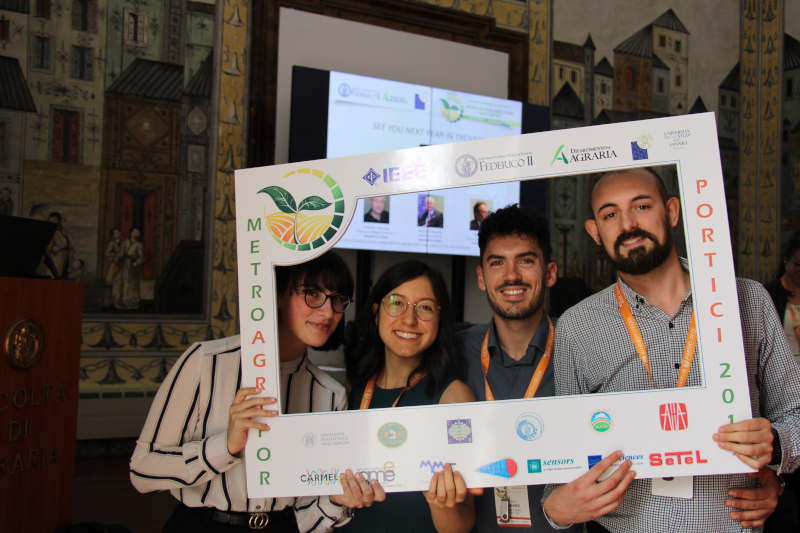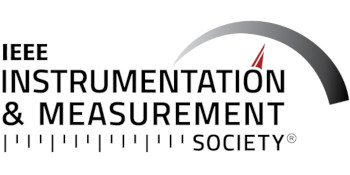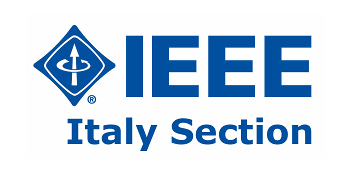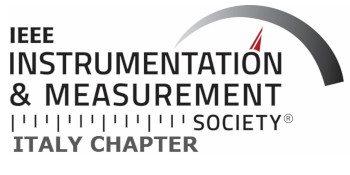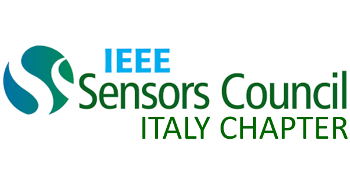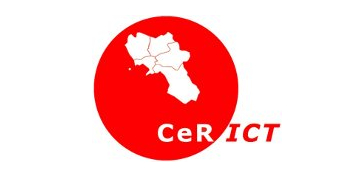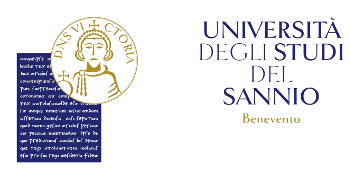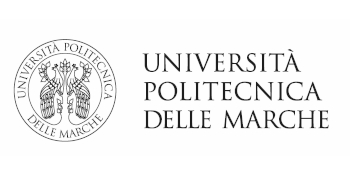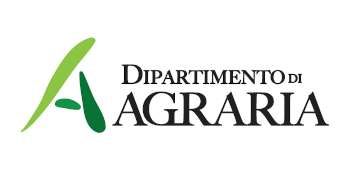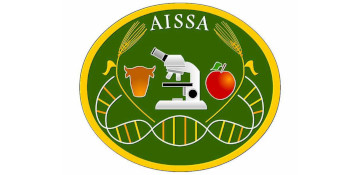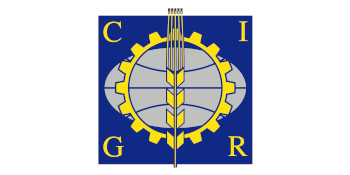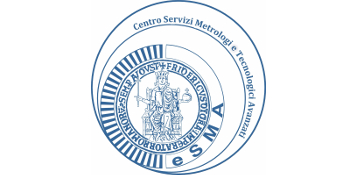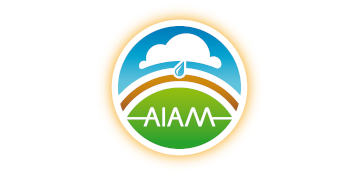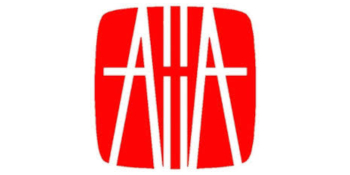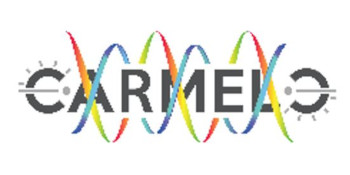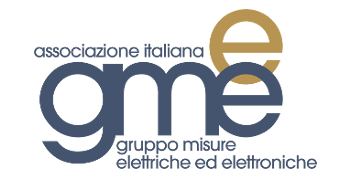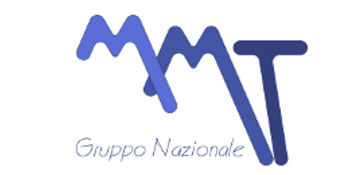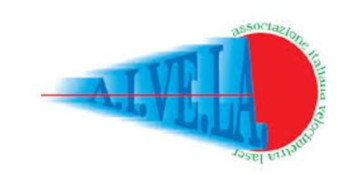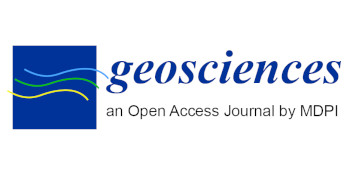
MUSEUM OF ROYAL PALACE OF PORTICI
The Botanical Garden of Portici
Situated in the Upper Park of the Royal Palace of Portici, the Botanical Garden founded by nicola Antonio Pedicino in 1872 started with the collection and conservation of plant species fro study trips made by teachers and researchers from the Agricultural School of Portici. The collection now consists of more than 1000 species, with over 4000 plants, representing over 100 families especially from Central and South America and from Africa, as well as from the Mediterranean region. The section of succulents is particularly species-rich.
Thanks to its history and location, the Portici Botanical Garden combines the quality of a science museum, a historical garden and an archaeological site, thus representing a privileged place for environmental education: a special example of museum culture in which nature and history are both objects of wonder.
Botanical Museum "Orazio Comes"
The Botanical Museum is named after Orazio Comes (1848-1917), botanist and plant pathologist, Director of the Royal Higher School of Agriculture in Portici between 1906 and 1917, pioneer of botanical exploration in Egypt and Palestine and creator of a rich herbarium with tens of thousands of samples from all over the world, subsequetly donated to the School of Agriculture in Portici. Comes was noted for his monograph on "Musbrooms in the Naples area" and studies on the understanding of many plant bacterial diseases and on the origin and breeding of species and varieties of tobacco grown in Italy and worldwide.
Apart from their scientific value, the collections of the Orazio Comes Botanical Museum have an inestimable historical value, testifying to the prestigious centuries-long history of botany in Naples. The museum is subdivided into six sections: the Historical Herbarium or Herbarium Porticence (50000 exsiccata among which the oldest finds date back to the Renaissance period), the Historical Library (2500 volumes with manuscripts from the sixteenth century), the Carlo Erba collection of medicinal plants (189 specimens), the Mycological Collection (living cultures and 13000 exsiccata), the Collection of Teaching Materials (250 tables and 300 slides), the Wood Library (several thousand samples of wood and charcoal spanning about 10000 years used in archaeobotanical studies).
Museum of Mineralogy
"Antonio Parascandola"
The Museum of Mineralogy is named after Antonio Parascandola (1902-1977), graduate in chemistry and dedicated scholar of mineralogy, geology and volcanology at the Mineralogy Institute of the Faculty of Sciences and at the Mineralogy and Geology Institute of the Agricultural fame concerned especially Vesuvius and the Campi Flegrei, where he investigated the phenomenon of bradisism movements in the area of Pozzuoli.
The Museum conserves minerals, rocks, marbles fossils, teaching materials, mineralogical instruments, writings and treatises of scientific interest and great historical value, subdivided into two main sections.
The general collection includes 3868 mineralogical finds from all over the world, in which pride of place goes to materials of volcanic origin from Vesuvius and the Phlegrean area. The other section consists of the German collection, dating back to the end of the nineteenth century, consisting of a hundred or so rocks and minerals. Rich in rarity and curiosity are the collections of marbles and fossils, as well as the unique collection, with 15 medals from 1861 coined using lava from Vesuvius.
Museum of Entomology "Filippo Silvestri"
The Museum of Entomology is named after Filippo Silvestri (1873-1949), a geologis and entomologist Director of the Royal Higher School of Agriculture, Portici, from 1920 to 1930 and the first Dean of the Faculty of Agriculture from 1935 to 1938. indefatigable explorer and naturalist, be ravelled across every continent, gathering thousand of specimens of arthropod and installing several collections of international importance. His research concerned the systematics of myriapods and insects, with the description of many new species for science and even two orders of insects(proturans and Zoraptera). He also carried out pioneering studies in general biology (like these on the polyembryony of hymenoptera) and farm crop protection, performing historical applicationsof pest control in Italy and elsewhere.
the museum has prestigious entomological collection of great scientific value, a subject of research for scholars wordwide. There are over 2500 entomological cases containing insects in the adult and immature phase, over 2000 glass recipients for innumerable sample preserved under dry storage or alcobed. Additionally, these are thousand of herbarium haves and microscope slides of sample. Other animal groups are preserved in small yet significant geological collections, the most importsnts of which are the ornithological collection consisting of over 400 exhibits and the collection of small mammals of agricultural and forestry importance.
Museum of Livestock Anatomy
"Tito Manlio Bettini
The Museum of Livestock Anatomy takes the name of Tito Manlio Bettini (1908-1986), Professor of Livestock Science at the Agricultural Faculty of Portici, expert in applied genetics and animal breeding. He was Director of the Institute of Animal Production from 1955 to 1978, of the Livestock Science Laboratory of the Ministry of Agriculture and Forestry, and the National Research Council Laboratory of Livestock Adaptation to the Environment. He was also President of the Technical Committee for the Registry of the Italian Friesian Cattle Breed.
The museum has interesting collections of exhibits connected with various traditions in livestock anatomy: educational material for teaching anatomy, the physiology of domestic animals and livestock science, a rich collection of animal bones , with many complete skeletons and crania of various animal species, models and dried organs of domestic mammals, accurate models in plaster and wax, photographs and pictures from the 19th an 20th centuries, besides instruments used in veterinary medicine and surgery.
Museum of Agronomy and Agricultural Engineering "Carlo Santini"
The Museum of Agronomy and Agricultural Engineering is named after Carlo Santini (1895-1963), Professor of Agricultural Engineering at the Agricultural Faculty in Portici and Dean of the same faculty from 1952 to 1955 and then again from 1961 to 1963. He was President of to reclaim the Paestum plain, leading to subsequent development of the local economy, tourism and culture. President of the Sila Improvement Works, Founder Member of the International Commission of Agricultural Engineering (CIGR), be set up the affiliated Italian Association of Agricultural Engineering and was elected their first President. He carried out important research to develop the tractor and studied the complex problems of traction on agricultural soil.
The museum testifies to scientific and technological achievements in agricultural engineering and agronomic techniques that were to lead to the great development in agricultural engineering and agronomic techniques that were to lead to the great development and innovations in agriculture in the modern era. The most representative exhibits in the collection date from the second half of the 19th century to the first half of the 20th. They include a collection of ploughs, starting from a nail plough in wood used for animal traction. Of particular interest are self-propelled traction engines, electric-powered track-type tractors and a 1950 four-wheel drive tractor.
MUSA - Scientific instruments
The MUSA exhibits collections from the various sectors of research: topography, agricultural, chemistry, botany and microbiology.
The Topographic Section includes surveyor's crosses, telescopic compasses, planimeters, dioptre sights and telescopic sights, clisimeters, stereogonic telescopes, spirit levels, tachymeters and theodolites.
The Section of Agricultural Chemistry has over 200 exhibits ranging from Bunsen burners to complex mercury manometers, from equipment for spectroscopy and calorimetry to instruments for electrochemical, colorimetric and photometric inquiries.
In the Botany and Microbiology Sections are antique microscopes, hand-held microtomes, old apparatuses for microphotography, dyes for histology and precision weigh-scales.








